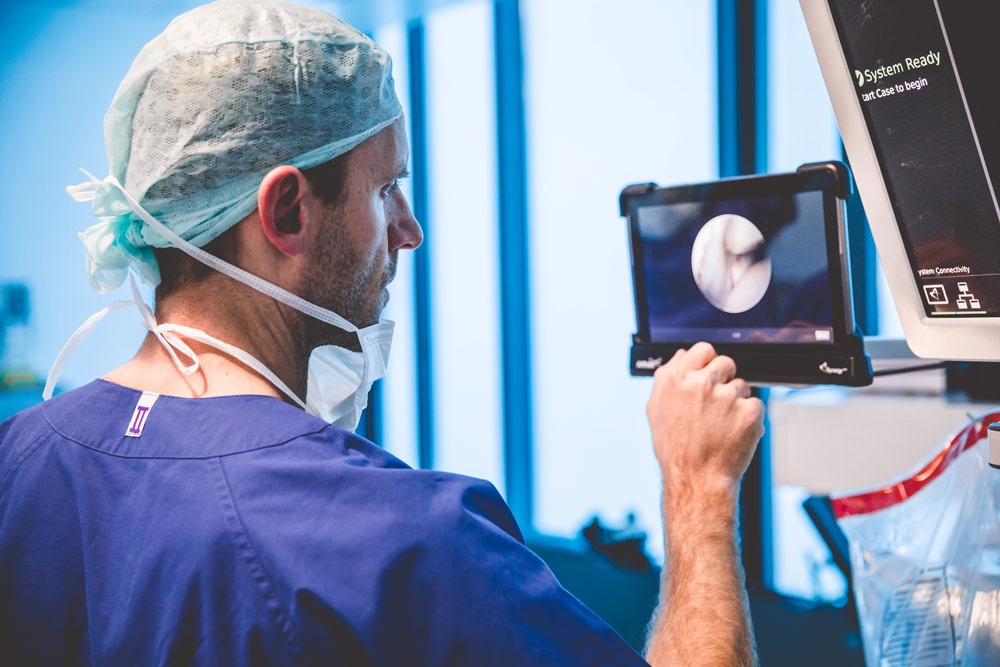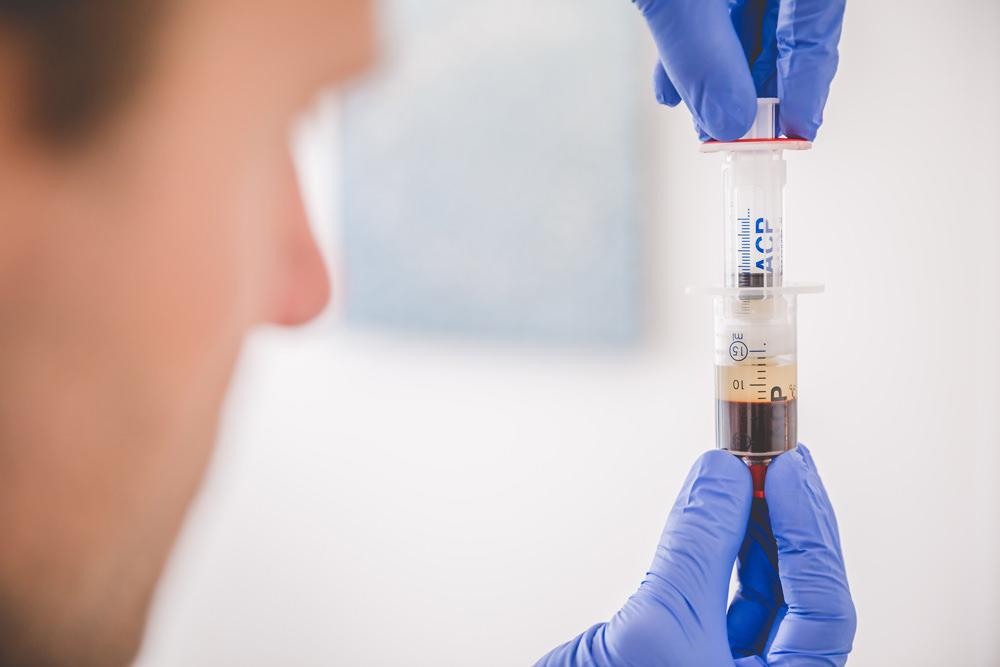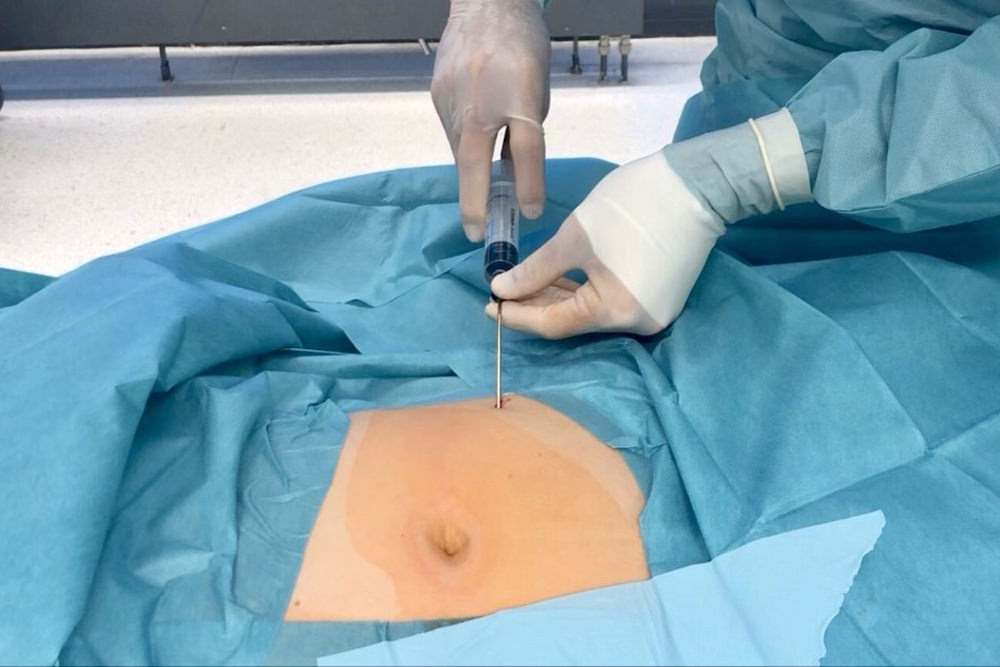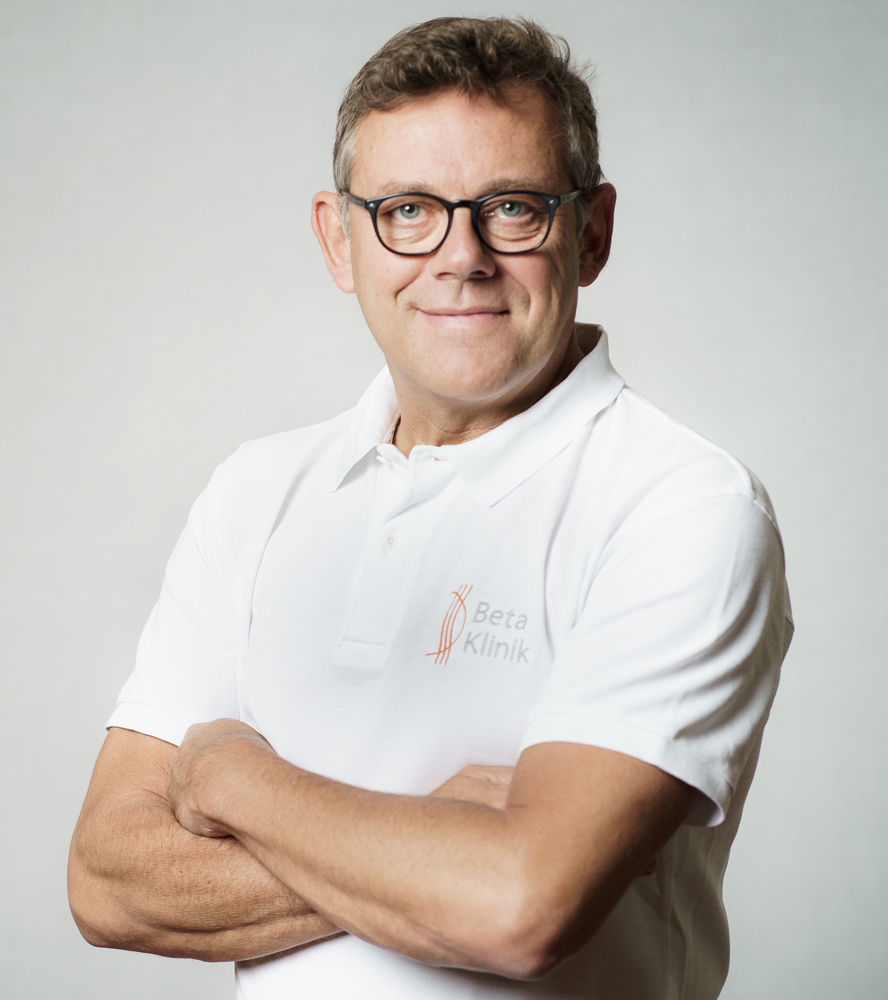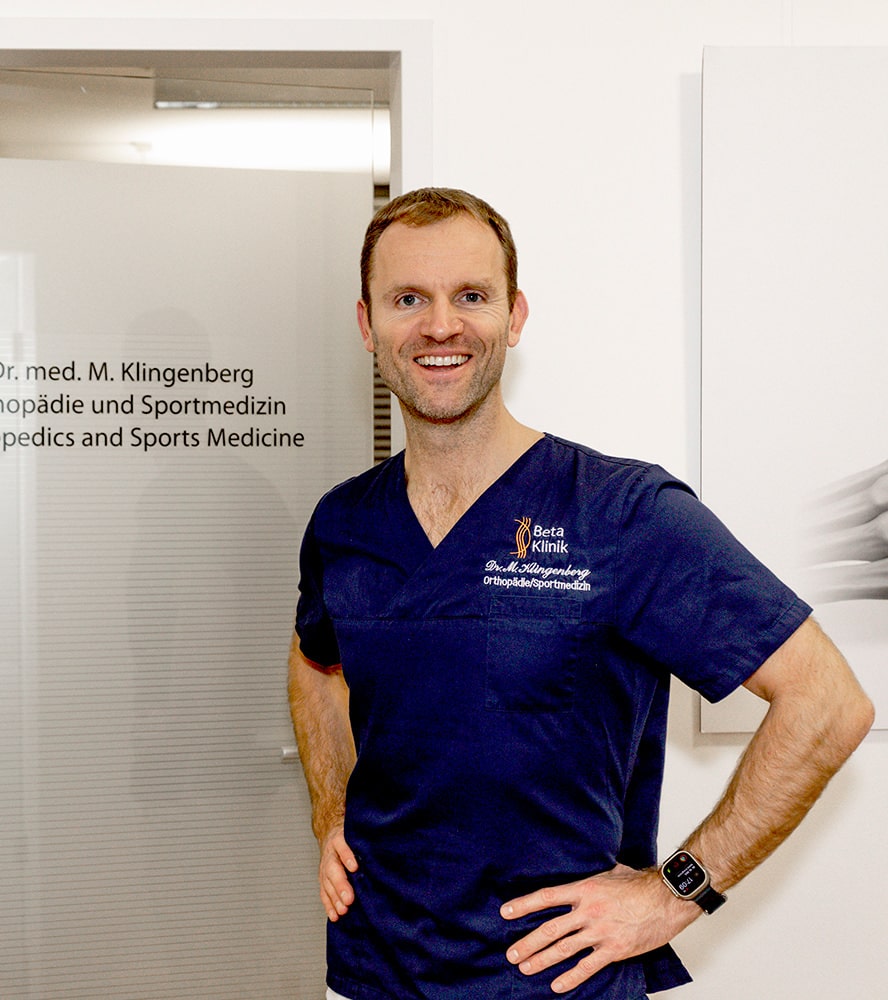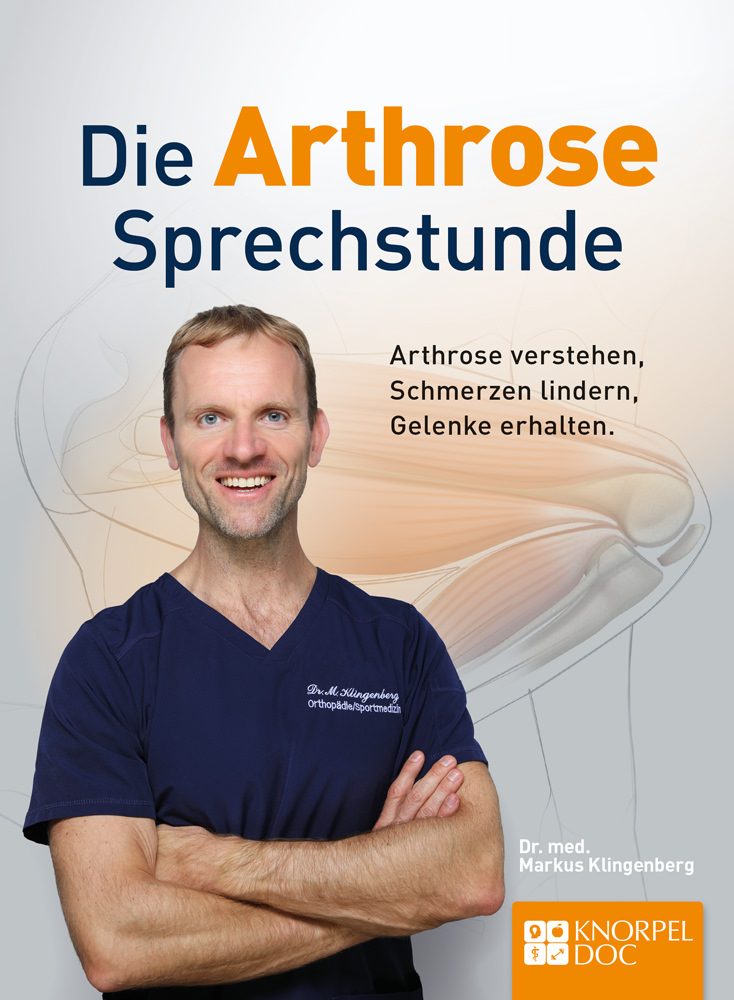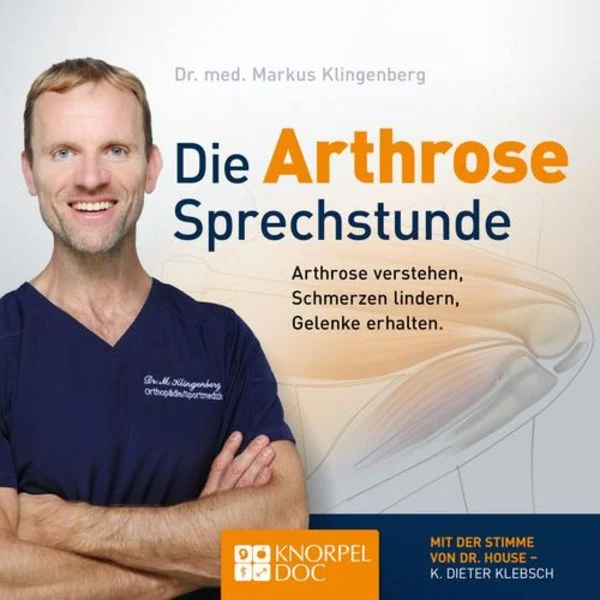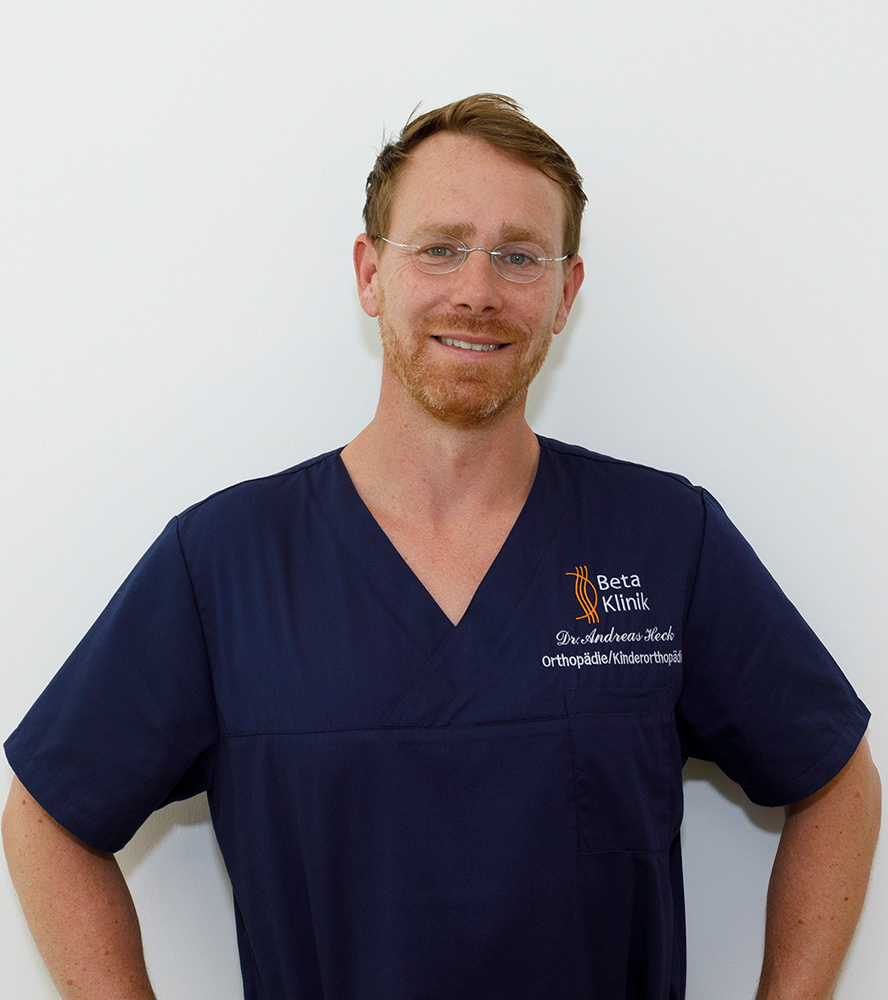Focus: Arthrosis therapy Bonn
We help with joint pain
Competence through specialization
Our cartilage protects our joints. Thanks to its special surface, it enables the joints to move smoothly and its ability to bind water enables it to absorb stress. The synovial fluid supplies and nourishes our cartilage. Irritation and inflammatory conditions in the joint therefore have a negative effect on the health of the cartilage in addition to mechanical stress. Cartilage damage is caused by acute injuries and chronic overloading or incorrect loading. Structural cartilage damage is referred to as osteoarthritis. This is divided into several degrees of severity with the help of various classifications. These range from slight damage to the surface to exposed bone without a protective cartilage layer.
“We offer our patients all diagnostics and treatment from a single source.”
Other important optional components of diagnostics are a movement analysis, footprint measurement and electromyography (EMG). These procedures make it possible to examine the musculoskeletal system “in motion”. Peter Braun and Dr. Markus Klingenberg lead a team of physiotherapists, sports scientists and medical assistants who carry out these examinations seamlessly on the practice’s premises.
Mobility and freedom from pain are the patient’s main goals. In many cases, mobility in particular can be improved very well with conservative measures. Our concept of holistic care for our patients also applies here.
“First the diagnosis, then the therapy!”
Cartilage damage is diagnosed through a detailed discussion with the patient, a physical examination and suitable imaging. The standard is a (weight-bearing) X-ray from at least two directions. However, the cartilage is not shown directly. The doctor recognizes wear and tear indirectly through a narrowing of the joint space and changes in the underlying bone. Magnetic resonance imaging (MRI) is much more precise and also more sensitive to localized cartilage damage. This radiation-free method makes the cartilage itself visible. In addition, soft tissues such as ligaments and menisci, which are not visible on X-rays, are also visualized. Imaging is therefore an essential part of professional diagnostics. Our interdisciplinary group practice offers you as a patient the entire range of diagnostics and treatment from a single source. Our radiology partner Dr. Andre Demant and his team of specialized radiologists and MRTA perform X-ray, CT and MRI diagnostics at university level. Appointments are arranged in consultation with patients so that they can combine all examinations in one appointment if possible.
“You can only manage what you measure.”
Patients and insurers rightly ask for proof of efficacy, especially when it comes to innovative therapies. First and foremost, however, we also have our own interest in providing the most effective treatment possible. That is why I evaluate the success of conservative and surgical therapies anonymously with the patient’s consent using an online-based system (Surgical Outcome Survey).
“Innovative therapeutic approaches utilize the self-healing powers of the human body.”
Take advantage of the benefits of specialized diagnostics and therapy from a single source and make your appointment conveniently by phone or 24/7 online. Dr. Markus Klingenberg also offers the option of a video consultation.
“We treat patients – not pictures!”
A holistic approach is crucial for the optimal treatment of the patient. A patient with good mobility in the joint and little pain will be treated differently than a patient with limited mobility who is plagued by pain and has the same severity of osteoarthritis in the X-ray/MRI findings.
Sustainable therapy therefore always considers the patient as a whole. In terms of treatment options, we make a fundamental distinction between joint-preserving and joint-replacing procedures. Joint-preserving procedures include standard exercise, relief, medication and minimally invasive procedures such as arthroscopy.
We also successfully use orthobiological therapies, magnetic field and microcurrent treatments. The term orthobiology covers therapies in which growth factors extracted from the patient’s blood or fatty tissue are injected into the affected joint and into tendons and ligaments. This therapy concept makes targeted use of the human body’s ability to heal itself. After a thorough diagnosis and a detailed explanation of the treatment options that make sense in each individual case, you and your specialist decide on the next therapeutic steps.
Small incisions with a big effect – that is the standard for minimally invasive treatment methods. Joint-preserving therapies are useful and possible for small to medium-sized cartilage damage. These include microfracturing, membrane-based procedures, the use of growth factors and repositioning osteotomies for axial misalignments. In the case of severe and very advanced damage to the cartilage, the chances of success of these procedures decrease and the guidelines of the specialist societies recommend surgical joint replacement. Peter Braun offers the entire range of possible treatment procedures. These include partial joint replacement, individual prostheses and complete prostheses.
Both therapeutic approaches require specialized therapists!
Peter Braun
is our specialist for joint replacement procedures on the knee and hip joint and joint-preserving procedures on the knee joint.

